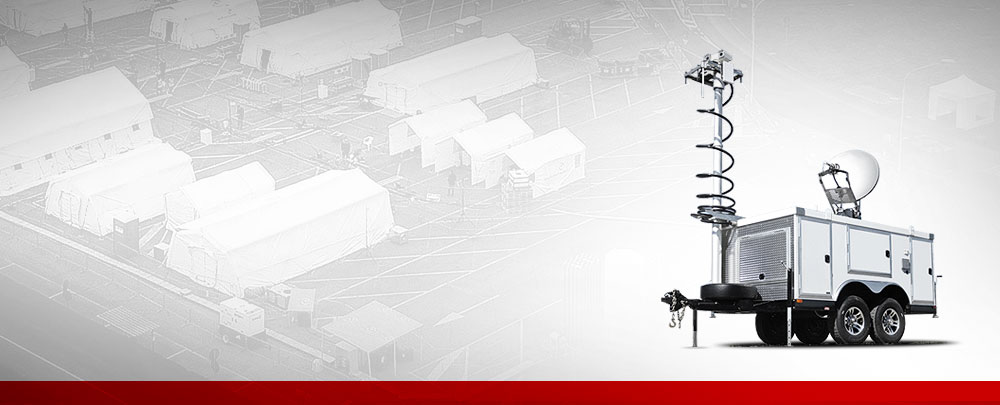In a widespread public health disaster, communication networks, equipment, and personnel will be overextended, perhaps even failing.
Global pandemics like SARS, H1N1, and COVID-19 can’t be whacked into submission with a big hammer. An effective response demands that powerful solutions be dispersed tactically, starting where the urgency is greatest.
The strategies we choose to stay connected and protect lives must be the right mix of safe, capable, flexible, and cost-effective. Too much or too little of any one and our ability to serve suffers. Assets will be sluggish to deploy, dependent on specialized personnel, hard to move through procurement, or inadequate for today’s needs. Worse still, they might not be adaptable to tomorrow’s emergencies.
Nomad is developing new products and technologies in direct response to COVID-19. But we’re also asking, “What do we already do well? What can be manufactured quickly, custom-spec’d for a vast array of missions, and continue to be immensely valuable in the future?”
TCT: The Right-Sized Solution
Ten years ago, the Bureau of Indian Affairs (BIA) had a problem. Two-thirds of the agency’s managed land was unserviced by any type of communications, wired or wireless. The cost to “light up” these lands was unfeasible. The BIA needed a rapid-deploy system for law enforcement, fire, search and rescue, and other responses. Enter the Tactical Command Trailer (TCT).

TCT: Pint-sized comms powerhouse

TCT-HD: Big-time operator
The mission that drove the BIA to partner with Nomad a decade ago is as relevant today as ever. Consider these four requirements —safety, capability, flexibility, and cost — to equip your organization for impactful service in the current crisis and beyond.
Safety
You need to protect personnel, patients, and the public. Nomad Total Command (NTC) is an industry-exclusive software solution that runs the TCT remotely, greatly reducing human touches. Your IT professionals (or ours, via Nomad Managed Services) will be able to monitor, operate, and maintain many dispersed assets without on-site attention.
With redundant, self-sustaining electrical systems and available solar, TCT’s can operate for days without on-site intervention. NTC logs the status of critical systems and proactively alerts you as necessary, reducing downtime. People with a lot of responsibilities to manage will appreciate simple reminders like, “The North Precinct TCT has approximately 36 hours of fuel remaining” and “Server 3 is drawing more power than usual.”
For patients, the low emissions and noise of a NeverDown-equipped TCT mean clean air and a quiet environment. When shore power is available, the asset essentially disappears.
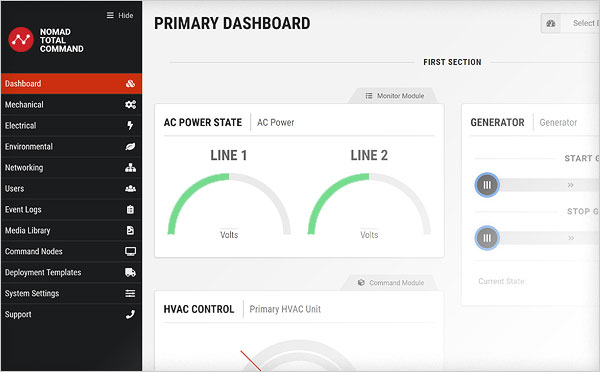
The powerful NTC dashboard
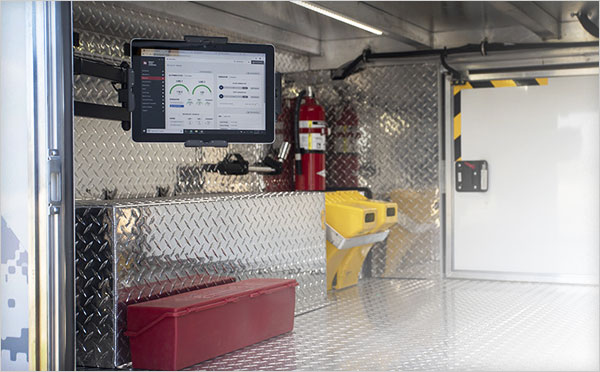
Manage on-site or remotely with any device
Capability
Imagine packing all the comms, connectivity, and surveillance horsepower of a 40-foot mobile command center into a small trailer… Easily towable and deployable to challenging, remote, and under-served environments. TCT’s are self-contained networks on wheels and, when paired with other nodes, can quickly create powerful connectivity when existing networks are non-existent, congested, or temporarily down.
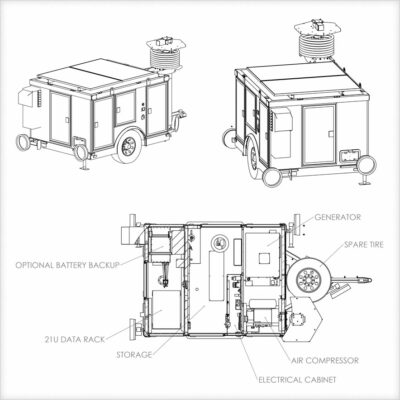
Sample TCT configuration
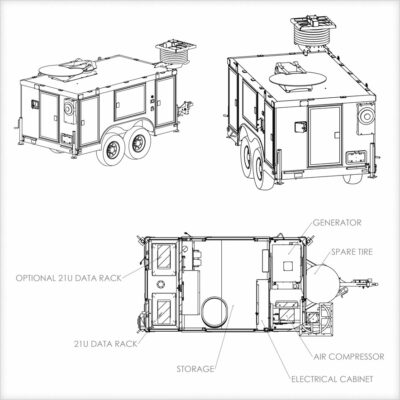
Sample TCT-HD configuration
Flexibility
In a public health crisis, scenarios change by the minute. This game of whack-a-mole calls for a platform that can morph and move effortlessly with the mission at hand. With its modular design, abundant HVAC-controlled rack space, and ability to be managed remotely, the TCT fits right where it’s needed. Plus, the trailers have been engineered to fit in ISO containers, either for storage or shipping by sea or rail. This rock-solid design is in the field right now for Department of Defense, utility, energy, and federal, state, and local agencies nationwide.
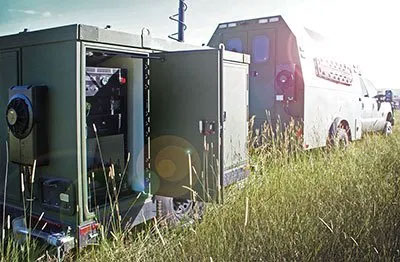
U.S. Army Europe
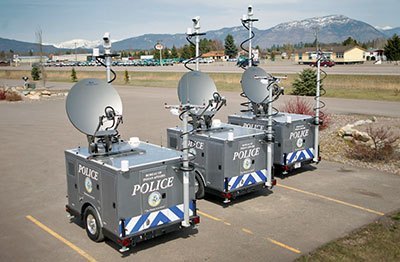
Bureau of Indian Affairs
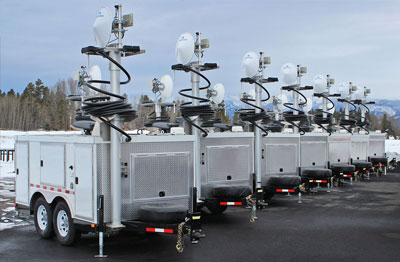
Sempra Energy (SDG&E)
Cost-Effectiveness
Centralized command is absolutely key. Once that’s established, smaller, ultra-capable nodes should be deployed (and moved as required) to boost network resiliency. These less expensive “helper” assets do a lot of the heavy lifting and reduce the risk and expense of unnecessary human intervention. Just as important as one-time acquisition costs… Because the need for on-site personnel is reduced, recurring operational expenditures are far lower with the TCT platform.
At Nomad, our approach to tactical response can be summed up simply; If you don’t need to be in the truck, don’t be in the truck. The TCT takes it one step further by asking, “Do you need a truck?”
Sledgehammer or tack hammer?
To maximize budget and impact, choose the best tool for the job…. Right-size your solutions.

